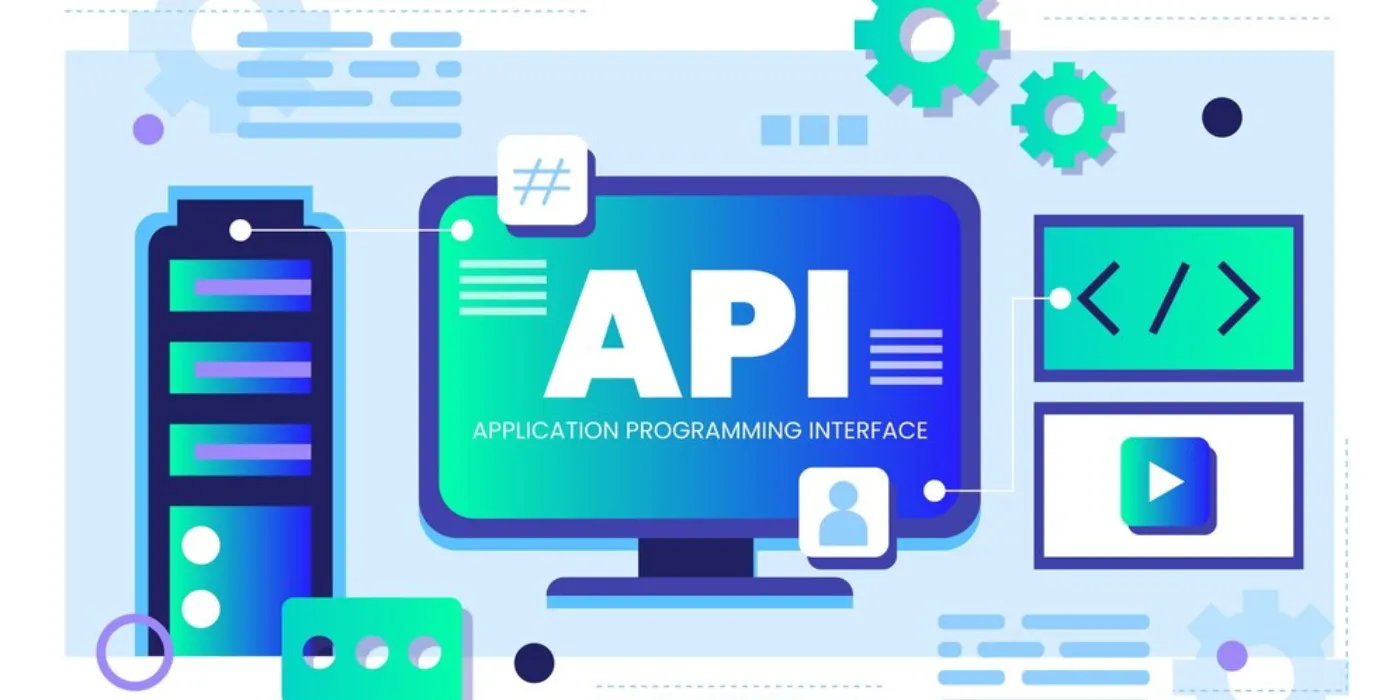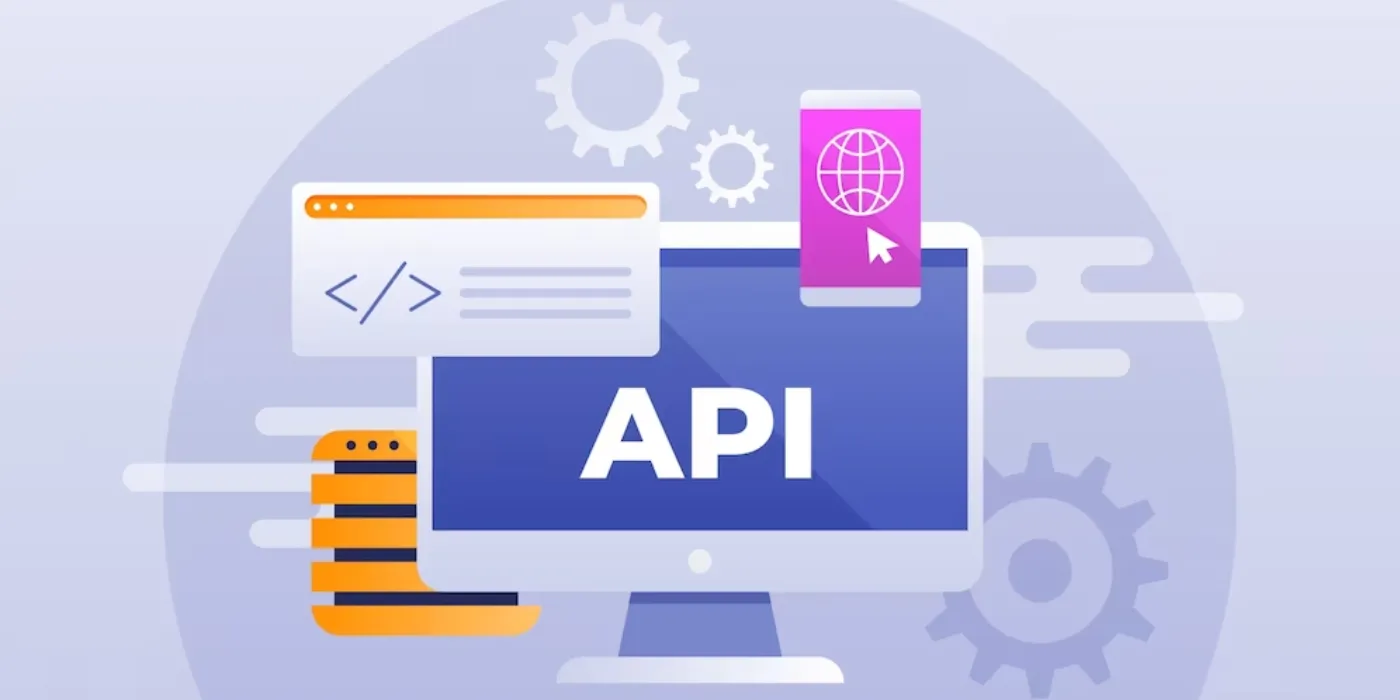In the fast-paced world of digital technology, where milliseconds can make or break user satisfaction, monitoring Check API response times has become a crucial aspect of system maintenance. In this article, we’ll delve into the significance of keeping an eye on your API’s response time and explore the tools and techniques available in 2024 to accomplish this task.

Understanding how to measure and optimize API response times is paramount for delivering a seamless user experience.
Tools and Techniques for API Response Time Monitoring
When it comes to monitoring API response times, some traditional methods have been employed over the years. These include relying on log files and timestamps to manually measure the time it takes for an API to respond. While these methods may still serve a purpose, they lack the precision and real-time insights offered by modern monitoring tools.
The landscape of API response time monitoring has evolved significantly. In 2024, one of the game-changers is Application Performance Monitoring (APM). APM solutions provide comprehensive insights into the performance of your APIs, allowing you to track response times, detect anomalies, and pinpoint issues in real time. Additionally, there are specialized API monitoring tools designed specifically to meet the demands of today’s complex API ecosystems.
Key Metrics to Evaluate API Response Time
Before diving into monitoring, it’s essential to grasp the distinction between response time and latency. Response time measures the total time it takes for an API to process a request and return a response, including both processing time and network latency. Latency, on the other hand, specifically focuses on the delay introduced by network communication. Both metrics are crucial because they collectively determine the end-user experience.
While response time and latency are critical metrics, they don’t tell the whole story. It’s equally important to consider throughput, which measures how many requests your API can successfully process in a given time frame, and error rates, which indicate the percentage of failed requests. High error rates can significantly impact response times and user satisfaction.
Setting Up API Response Time Monitoring
Selecting the appropriate monitoring tool is a crucial decision. Consider factors such as the scale of your API infrastructure, your budget, and the level of detail you require in monitoring. In 2024, you’ll have the choice between open-source and commercial solutions, each with its own set of advantages and limitations.
Once you’ve chosen a monitoring tool, the next step is to configure and integrate it with your APIs. This involves instrumenting your APIs to collect performance data and integrating the monitoring solution into your development workflow. Proper configuration ensures that you capture relevant data without overwhelming your system.
Analyzing and Optimizing API Response Time
Efficient monitoring goes beyond just collecting data; it involves interpreting that data to identify performance bottlenecks. Look for areas where response times are consistently slow, and delve into the root causes. Common culprits may include database queries, inefficient code, or overloaded servers.
Once you’ve identified the bottlenecks, it’s time to implement improvements. Strategies like caching can reduce the need for repeated computations, load balancing and scaling can distribute traffic more evenly, and code optimization techniques can eliminate performance bottlenecks at the source.
To make use of it, you must first:
- Go to Uptimeapicloud and simply click on the button “Start monitoring with 30-day Free Trial” to start using the API.
- After signing up in Uptimeapicloud, you’ll be given your personal Trail. Click on the Monitors option.
- Click on the New Monitor button and add the API details with the API name and URL.
- Once you are done, make the API call by pressing the button “Create” and see the results on your screen.
Here’s the Example:
Conclusion
In the ever-evolving landscape of digital services, API response time monitoring remains a cornerstone of delivering a stellar user experience. As we venture into 2024, it’s clear that the tools and techniques available for monitoring have become more sophisticated and capable. By embracing these advancements and staying vigilant in analyzing and optimizing API response times, you can ensure your users enjoy seamless interactions with your applications, setting the stage for success in an increasingly competitive digital world.

